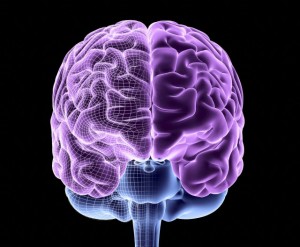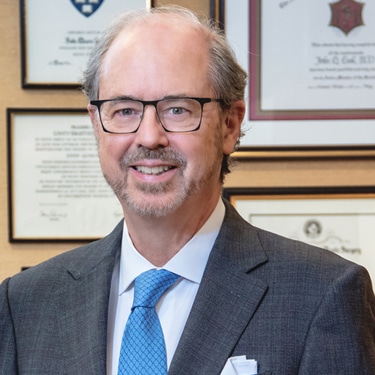What They Taught Me in Medical School Was Wrong and Why It’s Important To You
In my opinion, the realization that our nervous system is in a continuous process of self-renewal is one of the most important advances in medical knowledge of the last twenty five years. This renewal process is known as neuroplasticity.
Although this may seem esoteric, you really need to know about this because it carries profound implications that affect you and the people you love.
What I Was Taught in Medical School Was Wrong
I went to a very good medical school, where I learned the generally recognized dogma that our brains went through a remarkable process of development and growth in the early years of our lives, but by the time we were in our late teenage years, that was it.
This limited view of the brain’s potential affected everything from the treatment of strokes to the conceptual framework for self-improvement.
There was a minority viewpoint that did not accept this limited view of the brain, but it was not until the development of advanced imaging techniques of the brain, such as PET scans and functional MRIs, that we could see the actual growth and remodeling of the brain at all stages of life.
Remarkable Evidence of Neuroplasticity
Even sedentary adults ages 60 to 79 show an increase in brain volume when they go through a program of daily aerobic exercise training.
https://biomedgerontology.oxfordjournals.org/content/61/11/1166.short
Also the hippocampus, a sea horse shaped area of the brain that is fundamental to memory, is larger in elderly individuals who exercise.
https://onlinelibrary.wiley.com/doi/10.1002/hipo.20547/abstract
Certain areas of the cerebral cortex, the outer section of the brain that is involved with higher level intellectual function, expand when a person learns a new skill such as playing the violin or learning French. This is true at all ages. Use it or lose it.
https://www.ncbi.nlm.nih.gov/pubmed/22571459
https://www.ncbi.nlm.nih.gov/pubmed/21182117
Specific nerve cells known as mirror neurons are activated in the brains of both the actor and observer of actions, emotions, and sensations. The firing off of these mirror neurons may very well play an important role in the development of empathy between two individuals.
https://www.ncbi.nlm.nih.gov/pubmed/17432495
https://www.ncbi.nlm.nih.gov/pubmed/19880311
https://www.ncbi.nlm.nih.gov/pmc/articles/PMC3510904/
Some researchers hypothesize that when two individuals form a close personal relationship certain sections of their brains may adopt similarities of structure or neural pathways, the physical embodiment of the psychological process of attunement.
A recent study of people who underwent cataract surgery showed that the area of the brain that processes visual information expanded after the surgery.
https://www.ncbi.nlm.nih.gov/pubmed/22103594
Philosophical and Practical Implications of Neuroplasticity
The brain is like a muscle. The more you put it through its paces, the more powerful it becomes. This is true at all ages.
Life is a process of expanding possibilities. Our brains remodel and reflect our priorities at a particular moment.
Our brains are social. They actually change their physical structure in response to people who are meaningful to us. Our brains function best when we interact with other people.
The flexibility of brain structure carries an important message. Embrace change, because it is the source of renewal.



